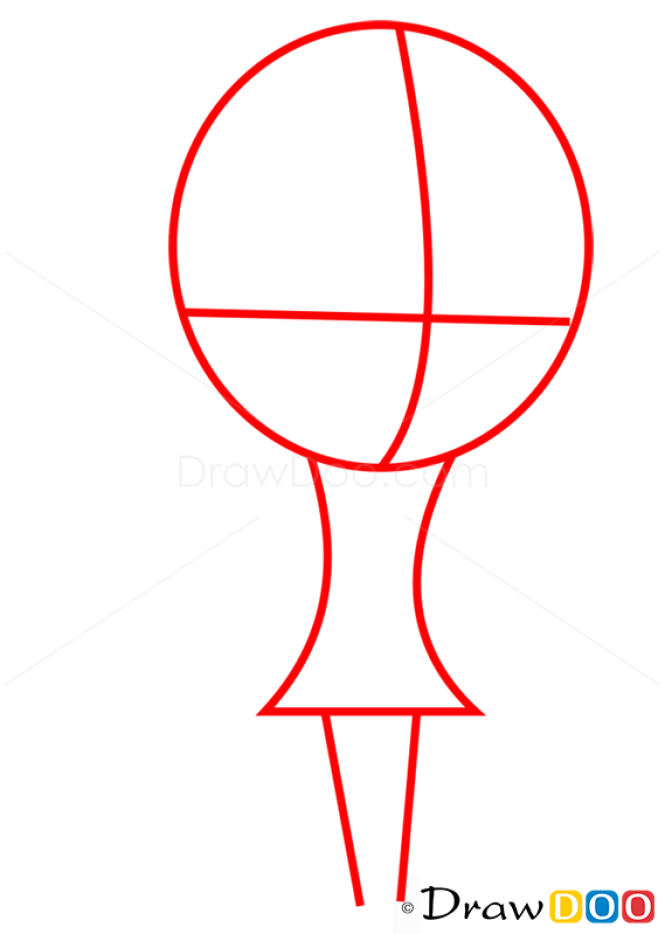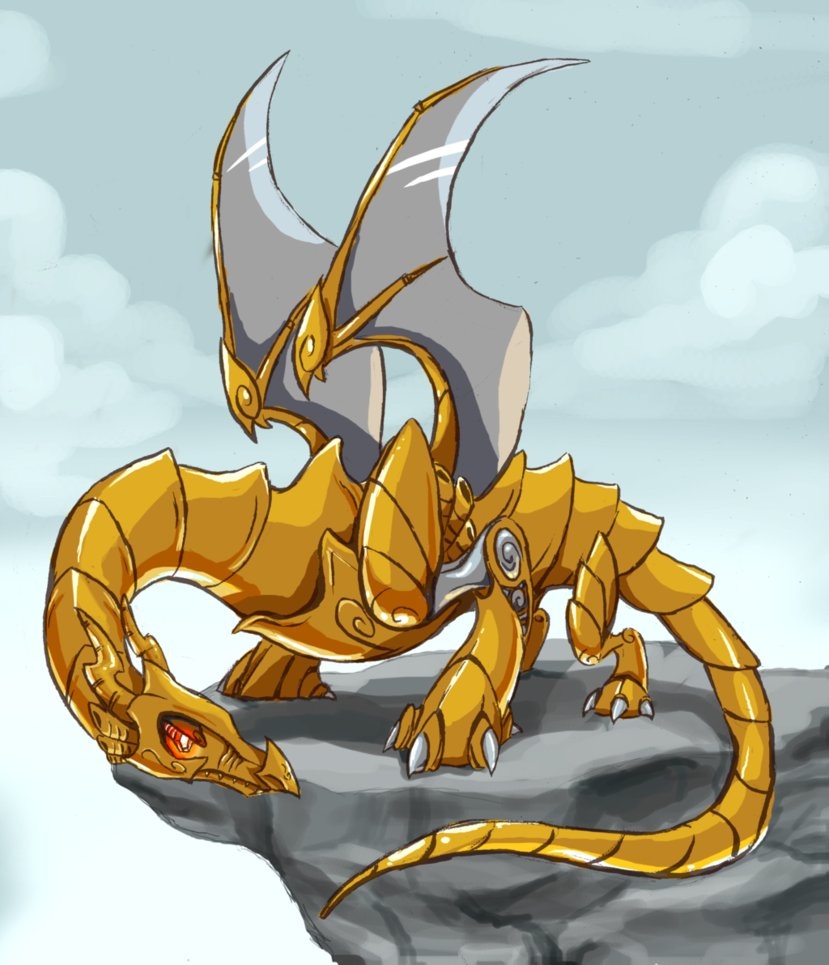Waterfalls dragoart
Table of Contents
Table of Contents
Waterfalls are some of the most majestic natural wonders in the world. The way they cascade down mountainsides, creating a stunning display of force and beauty, is truly awe-inspiring. If you’re an artist who wants to learn how to capture the true essence of these amazing structures, then this post is for you! In this guide, we will share tips and tricks for how to draw realistic waterfalls that will impress even the most discerning art critics.
Pain Points of Drawing Realistic Waterfalls
Many artists struggle to create realistic-looking waterfalls for their drawings. Some of the most common pain points include figuring out how to create the right water flow and movement, understanding how to create the right lighting and shadows, and choosing the right colors to achieve a natural-looking waterfall.
How to Draw Realistic Waterfalls
In order to create a realistic-looking waterfall, it’s important to study the structure of water. Water tends to flow in a certain way and creates a certain movement that is unique to each waterfall. To begin, start by sketching out the basic shape of the waterfall, including any rocks or foliage surrounding it. Then, begin to add in the water, focusing first on the water movement and flow. Use pencil shading and layering to create depth and dimension, remembering to keep the colors muted and natural. Finally, add in any shadows and highlights to create a sense of lighting and make the waterfall come alive.
Main Points of How to Draw Realistic Waterfalls
When drawing a realistic waterfall, it’s important to study the structure of water, pay close attention to water movement and flow, use muted and natural colors, and add in shadows and highlights to make the waterfall come alive. By following these tips and tricks, you can create a drawing that captures the true essence of a waterfall and is sure to impress even the most discerning art critics.
Finding Inspiration for Drawing Realistic Waterfalls
One of the best ways to find inspiration for drawing realistic waterfalls is to visit them in person. Take a trip to a local waterfall or plan a vacation to see some of the most stunning waterfalls in the world. By seeing waterfalls up close and in person, you can gain a better understanding of their structure and flow, which will help you create a more realistic drawing. Another great way to find inspiration is to look at photographs of waterfalls or even other artists’ drawings for inspiration.
Using References for Drawing Realistic Waterfalls
When working on a drawing of a waterfall, it’s important to use references to create a more realistic-looking piece. Look at photographs of the waterfall you want to draw and study their structure and flow. Take note of the colors and lighting, and use these elements to inform your drawing. You can also use other artists’ drawings as references, but be careful not to plagiarize their work. Instead, use their drawings as inspiration and incorporate their techniques into your own unique drawing.
Tips for Achieving Realistic Lighting and Depth in Your Drawing
When drawing a waterfall, it’s important to create the right lighting and depth to make it look realistic. To do this, focus on using shading and layering to create a sense of depth in the drawing. Use lighter colors for areas that are farther away, and darker colors for areas that are closer. Additionally, pay attention to the direction of the light in the scene and add shadows accordingly. By focusing on these small details, you can create a more lifelike drawing that captures the true essence of a waterfall.
Question and Answer
Q: What materials do I need to draw a realistic waterfall?
A: You’ll need pencil, paper, an eraser, and colored pencils or watercolor paints if you choose to add color to your drawing.
Q: How do I create the flow of water in my drawing?
A: Look at photographs of waterfalls or even videos of water flowing to get a sense of how it moves. Then, use pencil shading and layering to create the appearance of movement in your drawing.
Q: Can I add colors to my waterfall drawing?
A: Absolutely! Use muted and natural colors to create a sense of realism in your drawing. You can use colored pencils or watercolor paints to add color to your drawing.
Q: Do I have to draw every detail of the waterfall?
A: No, you don’t have to draw every single detail. Focus on capturing the overall structure and essence of the waterfall, adding in smaller details as you go along to create a more lifelike drawing.
Conclusion of How to Draw Realistic Waterfalls
Drawing a realistic waterfall takes time and practice, but by focusing on the structure of water, water movement and flow, muted and natural colors, and shadows and highlights, you can create a masterpiece that will impress even the most discerning art critics. Remember to use references and find inspiration in the world around you to inform your drawing, and pay attention to the details like lighting and depth to make your drawing come alive. With these tips and tricks, you’ll be on your way to creating stunning waterfalls in no time!
Gallery
How To Draw Waterfalls, Realistic Waterfall, Step By Step, Drawing

Photo Credit by: bing.com / waterfalls dragoart
How To Draw Waterfalls, Realistic Waterfall, Step By Step, Drawing

Photo Credit by: bing.com / waterfalls dragoart
Colored Pencil Drawing Waterfall Beautiful Easy Nature Drawings

Photo Credit by: bing.com / multnomah paysage scenery waterfalls lapiz chinesische croquis japanische wasserfall landschaftsmalerei buttnekkiddoodles malerei landschaft watercolor cascade geisha bleistift landschaftsskizze brandmalerei visages
How To Draw Waterfalls, Realistic Waterfall, Step By Step, Drawing

Photo Credit by: bing.com / waterfalls dragoart finalprodigy
Waterfall Easy Forest Pencil Drawing - Goimages Zone

Photo Credit by: bing.com / gambar pemandangan creek putih terjun arsiran arsir pensil step alam dengan sketsa sketch hist terpopuler waterfalls teknik dragoart





